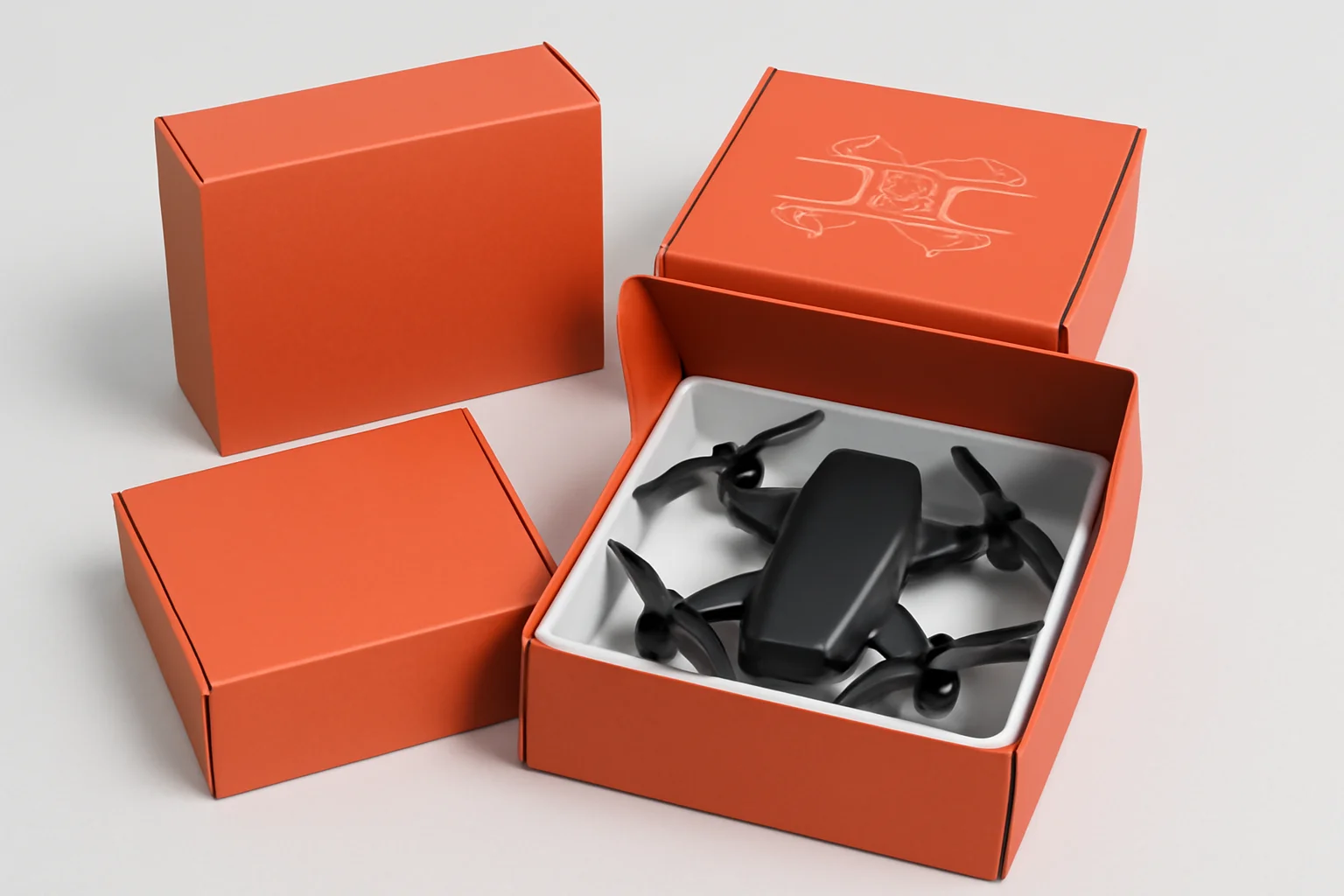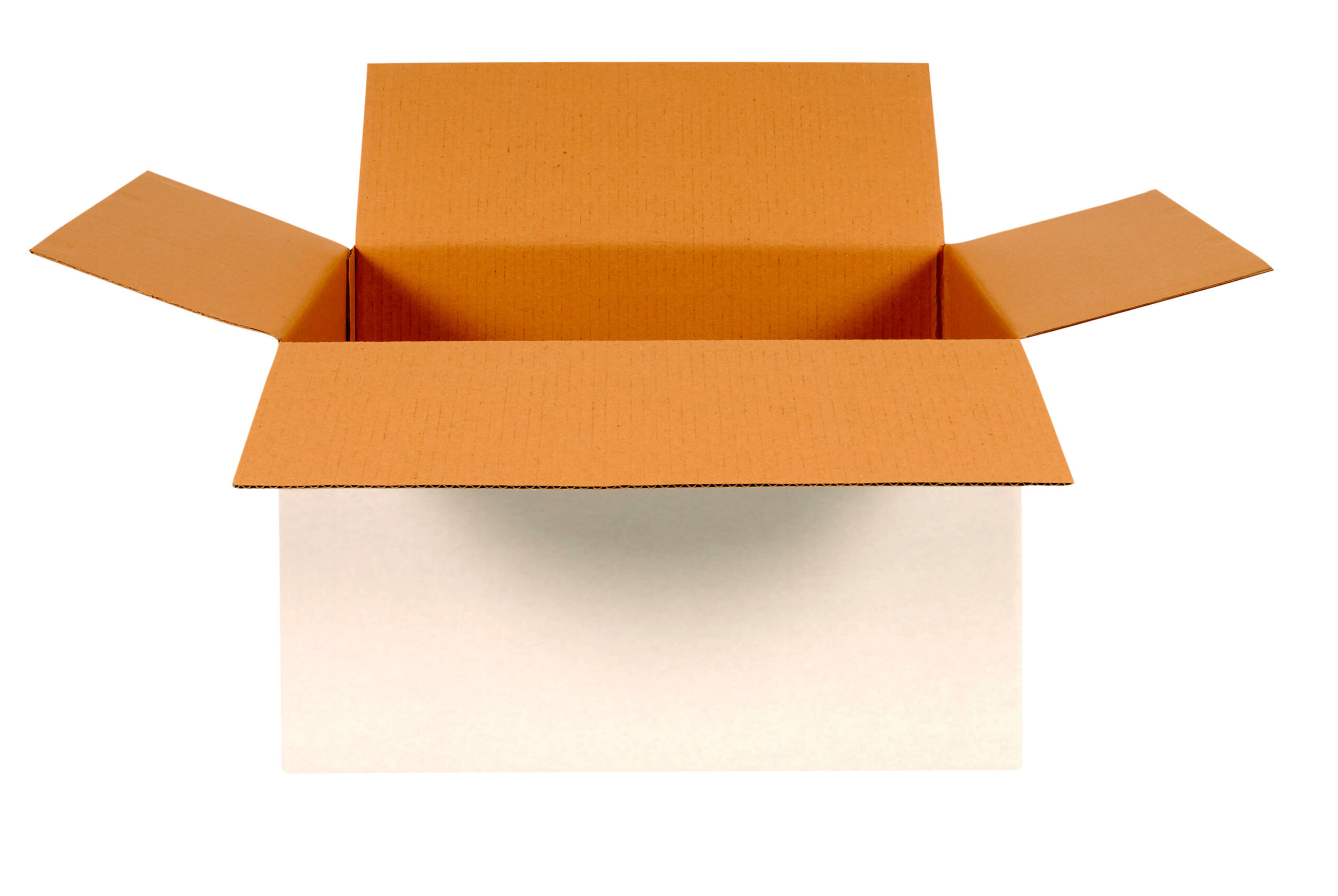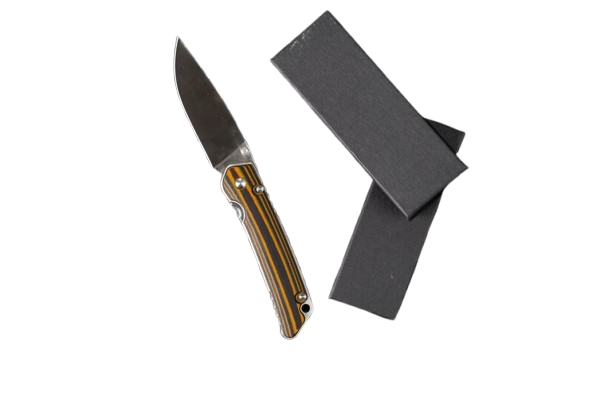When it comes to packaging food, one of the most popular options is foam boxes. These boxes are widely used in restaurants, fast food outlets, and even for home delivery services. But why are they so popular, and what should you know about them? Let’s dive into everything you need to know about foam boxes for food.
What Are Foam Boxes for Food?
Foam boxes for food are lightweight containers made from a material called polystyrene foam. This material is often referred to as Styrofoam, though Styrofoam is technically a brand name. Foam boxes are designed to hold food and keep it fresh, warm, or cold until it’s ready to eat.
These boxes come in many shapes and sizes. Some are small and perfect for a single sandwich, while others are large enough to hold a full meal. Foam boxes are especially popular for takeout orders and food delivery because they are convenient, durable, and affordable.
Benefits of Using Foam Boxes for Food
Foam boxes have several advantages that make them a popular choice for food packaging. Here are some of the key benefits:
1. Keeps Food Warm or Cold
Foam boxes are excellent at keeping food at the right temperature. If you order a hot meal, the foam box will help keep it warm until you’re ready to eat. Similarly, foam boxes can keep cold foods, like salads or ice cream, cool and fresh.
2. Lightweight and Easy to Carry
One of the biggest advantages of foam boxes is how lightweight they are. This makes them easy to carry, whether you’re picking up takeout or delivering food to customers.
3. Affordable
Foam boxes are inexpensive to produce, which means they are affordable for businesses and customers. This is especially important for restaurants and food trucks that need cost-effective packaging options.
4. Leak-Resistant
Many foam boxes are designed to be leak-resistant. This means they can hold saucy or oily foods without spilling or leaking. This feature makes them ideal for dishes like curries, pasta, or soups.
5. Durable and Strong
Foam boxes may be lightweight, but they are also sturdy. They can hold heavy meals without breaking or bending, making them a reliable choice for food packaging.
Common Uses of Foam Boxes for Food
Foam boxes are used in many different ways. Here are some of the most common uses:
1. Takeout Orders
Restaurants and fast food outlets use foam boxes to pack takeout meals. These boxes are convenient and ensure the food stays fresh and presentable.
2. Food Delivery
Delivery services use foam boxes to keep food safe during transit. The insulation helps maintain the food’s temperature, whether it’s hot or cold.
3. Storing Leftovers
Foam boxes are perfect for storing leftovers at home. They can be used to keep food fresh in the refrigerator until you’re ready to eat it again.
4. Catering Events
For events like parties, weddings, or corporate meetings, foam boxes are often used to pack and distribute food. They’re easy to handle and help keep the food organized.
Environmental Concerns About Foam Boxes
While foam boxes are very useful, they do come with some environmental concerns. Polystyrene foam is not biodegradable, which means it doesn’t break down naturally in the environment. This can lead to problems with waste and pollution.
Here are some key points about the environmental impact of foam boxes:
1. Difficult to Recycle
Foam boxes are not always easy to recycle. Many recycling centers do not accept them because the material is bulky and difficult to process.
2. Non-Biodegradable
Polystyrene foam can take hundreds of years to break down in a landfill. This contributes to the growing problem of plastic waste.
3. Harm to Wildlife
If foam boxes end up in the ocean or other natural environments, they can harm wildlife. Animals may mistake small pieces of foam for food, which can be dangerous for their health.
Alternatives to Foam Boxes
If you’re looking for more eco-friendly options, there are alternatives to foam boxes for food. Many businesses and individuals are switching to these options to reduce their environmental impact. Here are some popular alternatives:
1. Biodegradable Containers
Biodegradable containers are made from materials that break down naturally, such as cardboard, bamboo, or plant-based plastics. These are a great option for reducing waste.
2. Reusable Containers
Reusable containers made from glass, metal, or sturdy plastic are another alternative. These containers can be used multiple times, making them more sustainable.
3. Paper-Based Packaging
Paper-based packaging, like kraft paper boxes or bags, is another eco-friendly option. These materials are often recyclable and biodegradable.
Tips for Using Foam Boxes Responsibly
If you need to use foam boxes for food, here are some tips to minimize their environmental impact:
1. Reuse When Possible
If the foam box is clean and in good condition, consider reusing it to store food or other items at home.
2. Recycle When Available
Check with your local recycling center to see if they accept foam boxes. If they do, make sure to clean the box before recycling it.
3. Dispose of Properly
Always dispose of foam boxes in a proper trash bin. Avoid littering or leaving them in natural environments where they can harm wildlife.
4. Consider Alternatives
If you run a food business, think about switching to more sustainable packaging options. This can reduce waste and appeal to environmentally conscious customers.
Conclusion
Foam boxes for food are a practical and affordable choice for packaging meals. They offer many benefits, like keeping food fresh and being easy to carry. However, they also come with environmental concerns due to their non-biodegradable nature. By using foam boxes responsibly and exploring eco-friendly alternatives, we can enjoy their convenience while reducing their impact on the planet.
Whether you’re a restaurant owner, a delivery driver, or someone who loves takeout, understanding the pros and cons of foam boxes can help you make informed choices. Let’s work together to balance convenience with sustainability!



